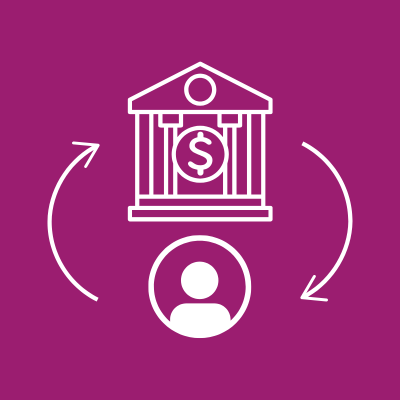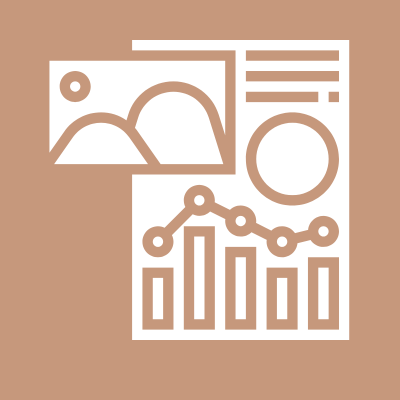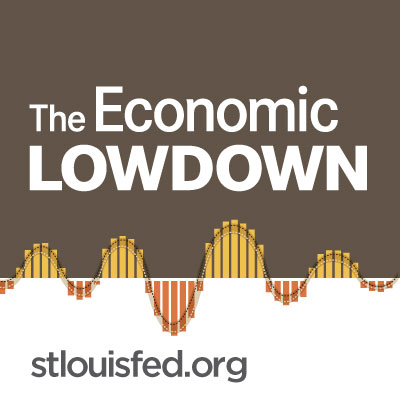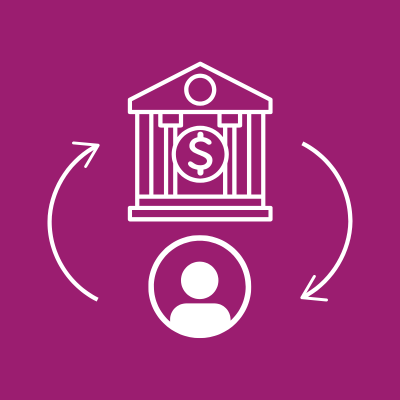Benjamin Franklin and the Birth of a Paper Money Economy
Learn about the history of paper money in the United States.
{{searchResultSnippet}}
 Back to All
Back to All

This video assignment explains why bartering is difficult and why people throughout history have repeatedly looked to money to solve the problems that bartering creates.
Oh, boy. It looks like rain; sure could use an umbrella. Excuse me, sir. I already have a raincoat, so I’ll trade you my umbrella. Have anything to barter for it? Yeah. Um, how about this flashlight? Mmm…no. I already have 10 of those. Oh! This is a really great pipe wrench. Sorry; the landlord does the repairs. Dictionary? I already read that. Barter can work, but only when each participant is willing to trade what they have for what the other is offering. That’s what economists call a coincidence of wants. It’s not working now because she has no use for any of the items he’s showing her; they don’t have a coincidence of wants. I wouldn’t want a flashlight, either—or a pipe wrench. Or binoculars. That’s why barter is so difficult—not to mention you have to physically haul the items to be traded to the other person instead of just carrying a few of these in your wallet. There’s also another big problem with barter. What’s that? It’s difficult to know the price of different items. A pipe wrench could be worth an umbrella to one person but two umbrellas to someone else. Hi, may I help you? Yeah, I’d like a slice of pizza. Um, that one. Sure, that’ll be two dollars. Here you go. Another advantage money has over barter is that it encourages specialization. Without money, running a successful business as specialized as a pizzeria would be difficult, because the owner would have to accept the countless items her customers bring in to trade. Thanks to money, people can produce just one good or service and trade it for money, then they can use that money to buy just the things they want from other people.

Benjamin Franklin and the Birth of a Paper Money Economy
Learn about the history of paper money in the United States.

Know the $20 Table Tent
Learn how to test if a banknote is real.

Econ Lowdown Podcast Series
21 Economics audio assignments for your classroom

Dollars in Detail Brochure
Learn about the U.S. currency.

Quick Reference Card
Learn how to identify banknote counterfeits.

Decoding Dollars: the $20 Brochure and Poster
Learn about security features of a $20 bill.

Boom Times and Bubbles: The Internet Age
Learn about the Monetary Control Act of 1980.

Central Banking
Learn the basics parts a central bank.

Creation of the Federal Reserve
Learn about banking panics, recessions, and depressions in the U.S. during the 1800s.

Inflation, Deflation, and Disinflation
Learn the differences between inflation, deflation, and disinflation.

Inflation, the Fed, and You
Learn what causes inflation.

Introduction to the Federal Reserve
Introduce the Fed’s three main functions.

Monetary Policy Fed and You
See how the Fed conducts monetary policy.

Price Stability
Learn the importance of price stability.

Stagflation in the 1970s
How did Federal Reserve Chairman Paul Volcker contain inflation, spurred economic growth, and reduced unemployment?

Structure of the Federal Reserve
Learn about the Board of Governors, the Reserve Banks, and the FOMC.
{{resourceTitle}}
{{resourceBlurb}}